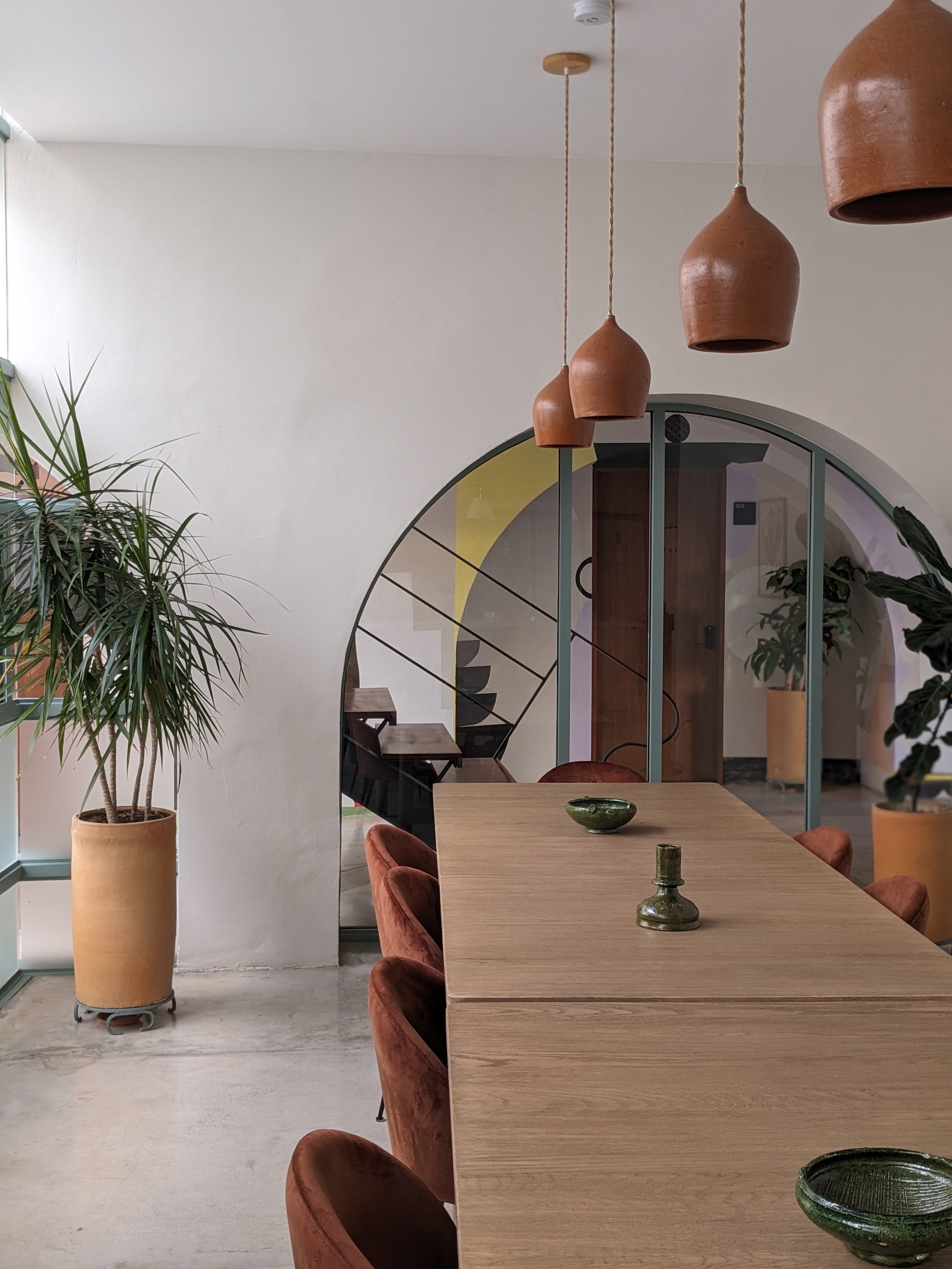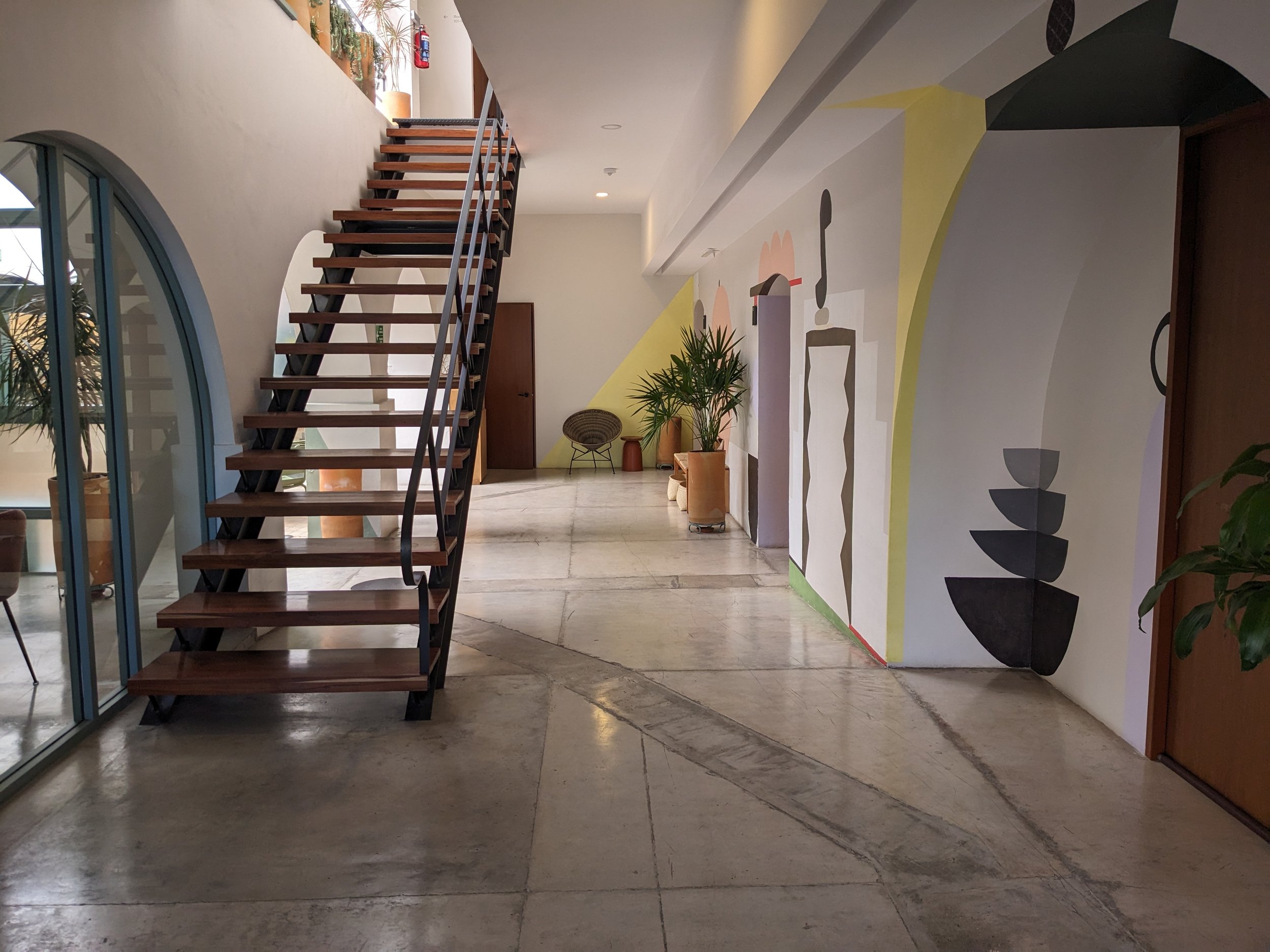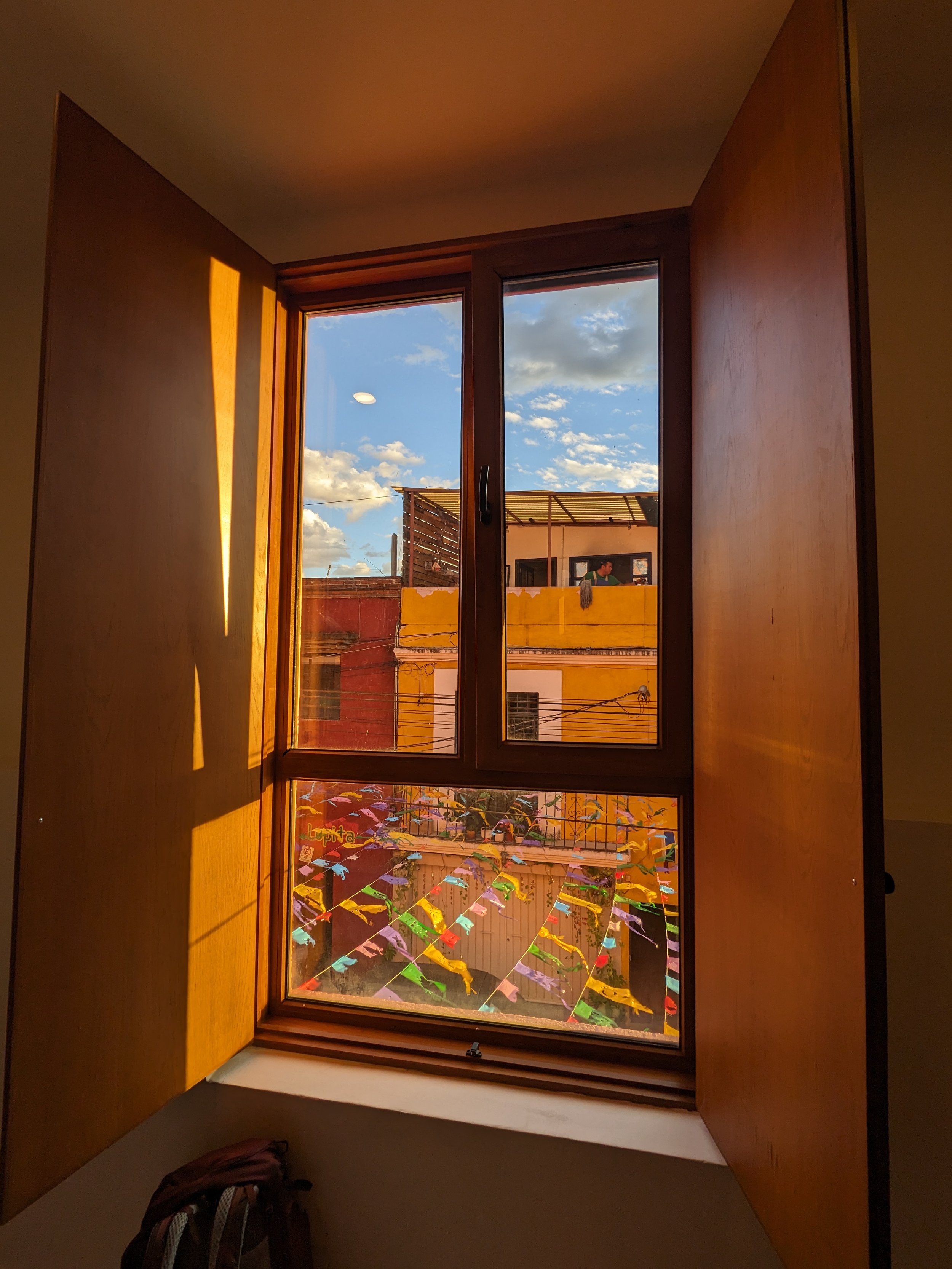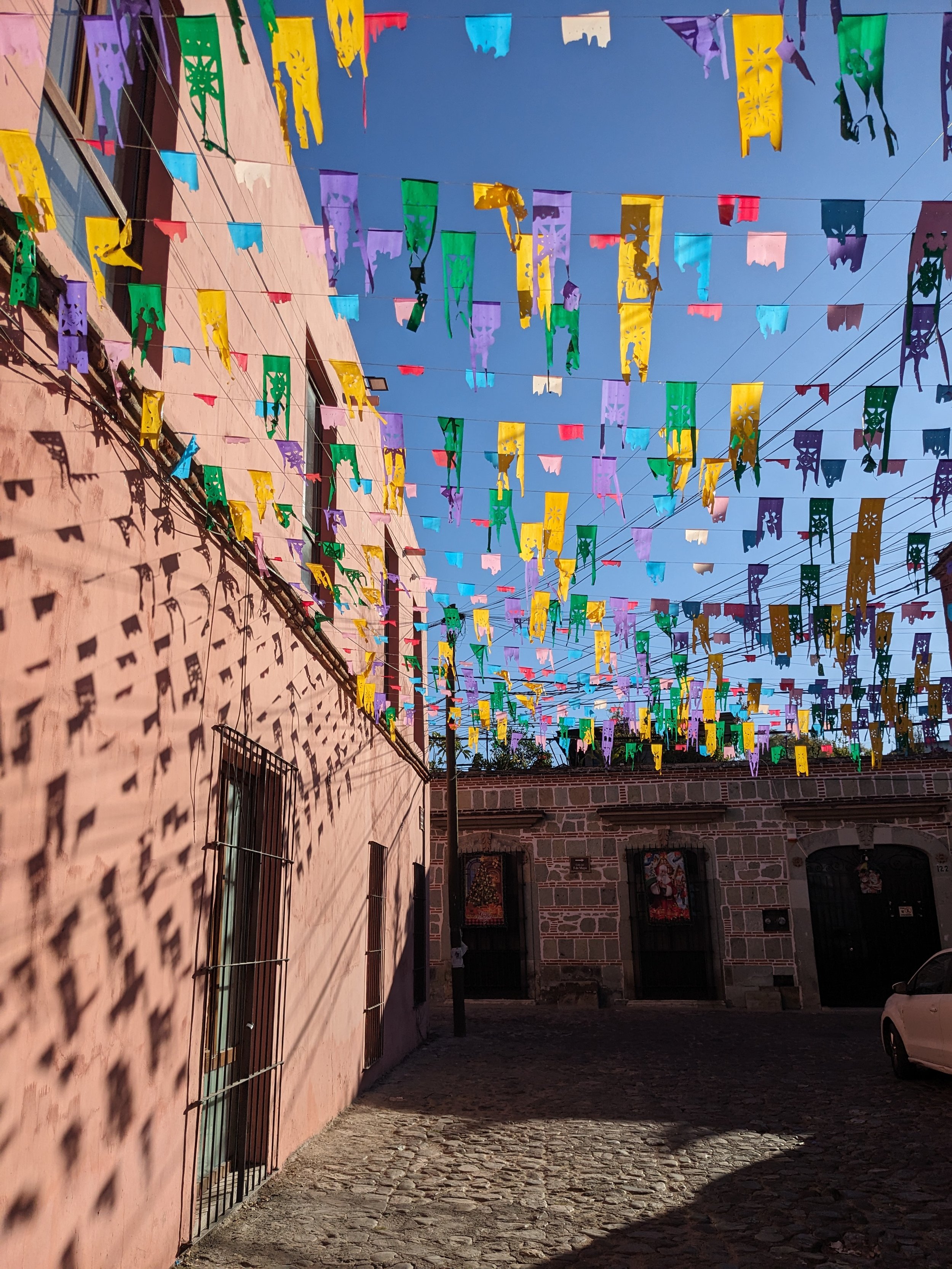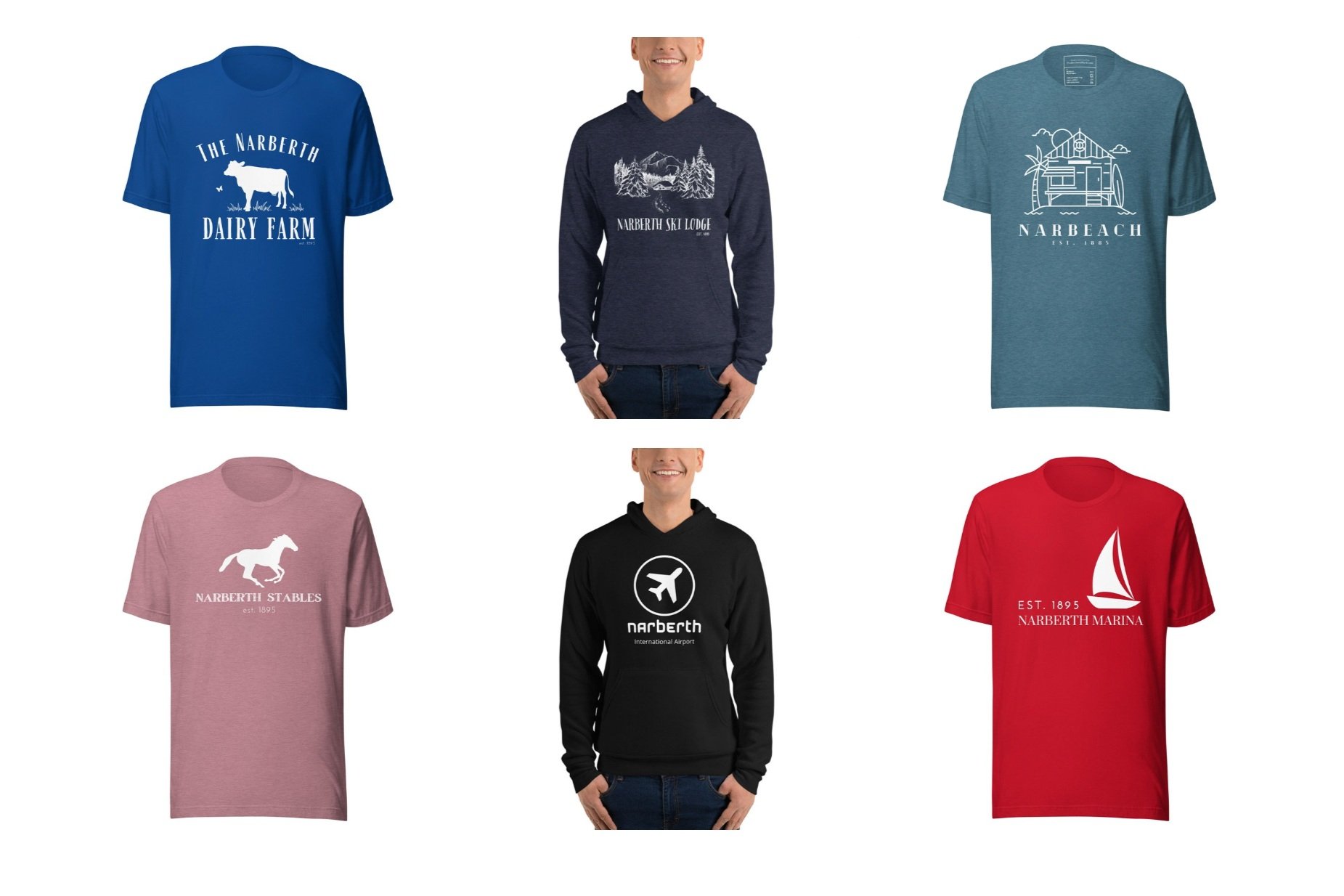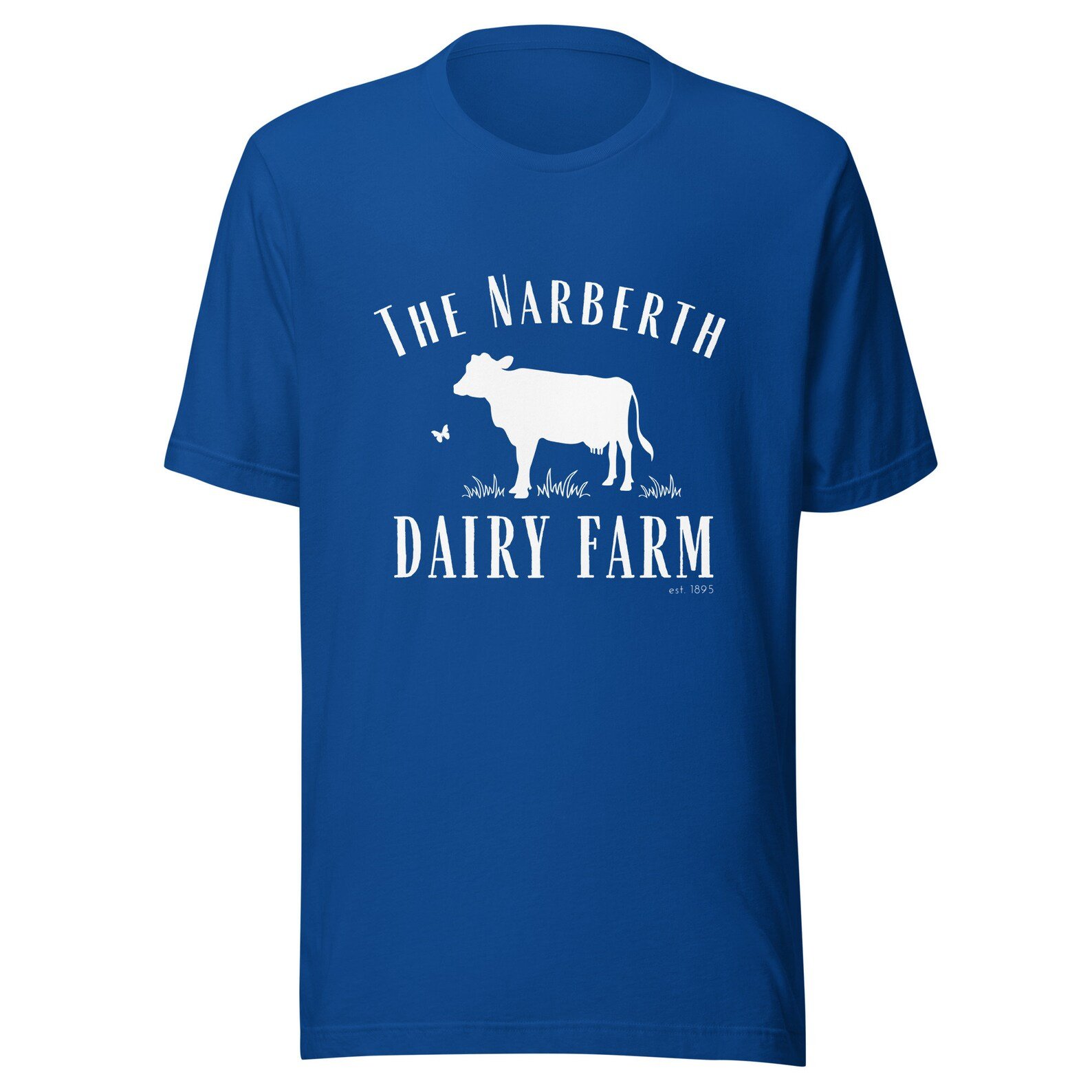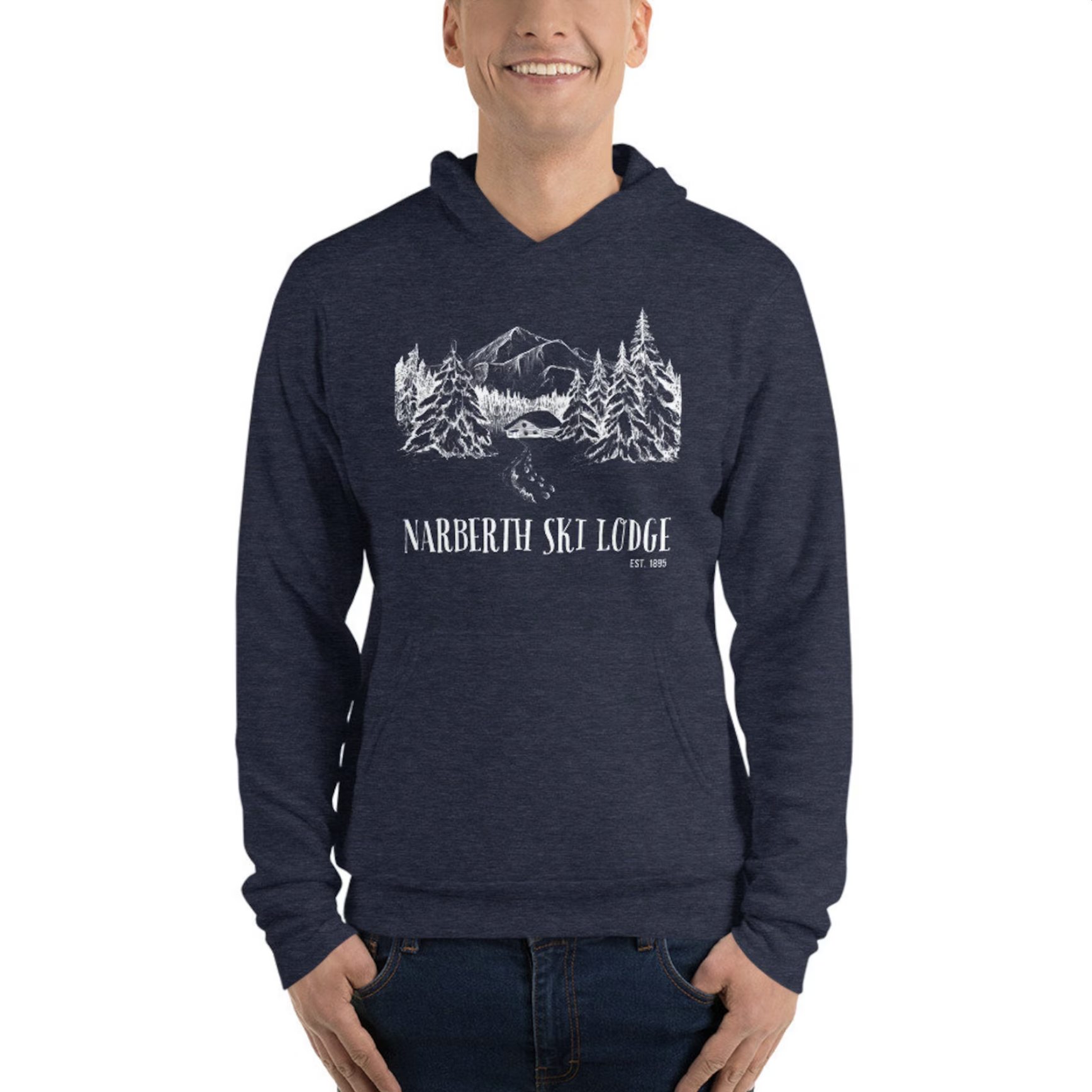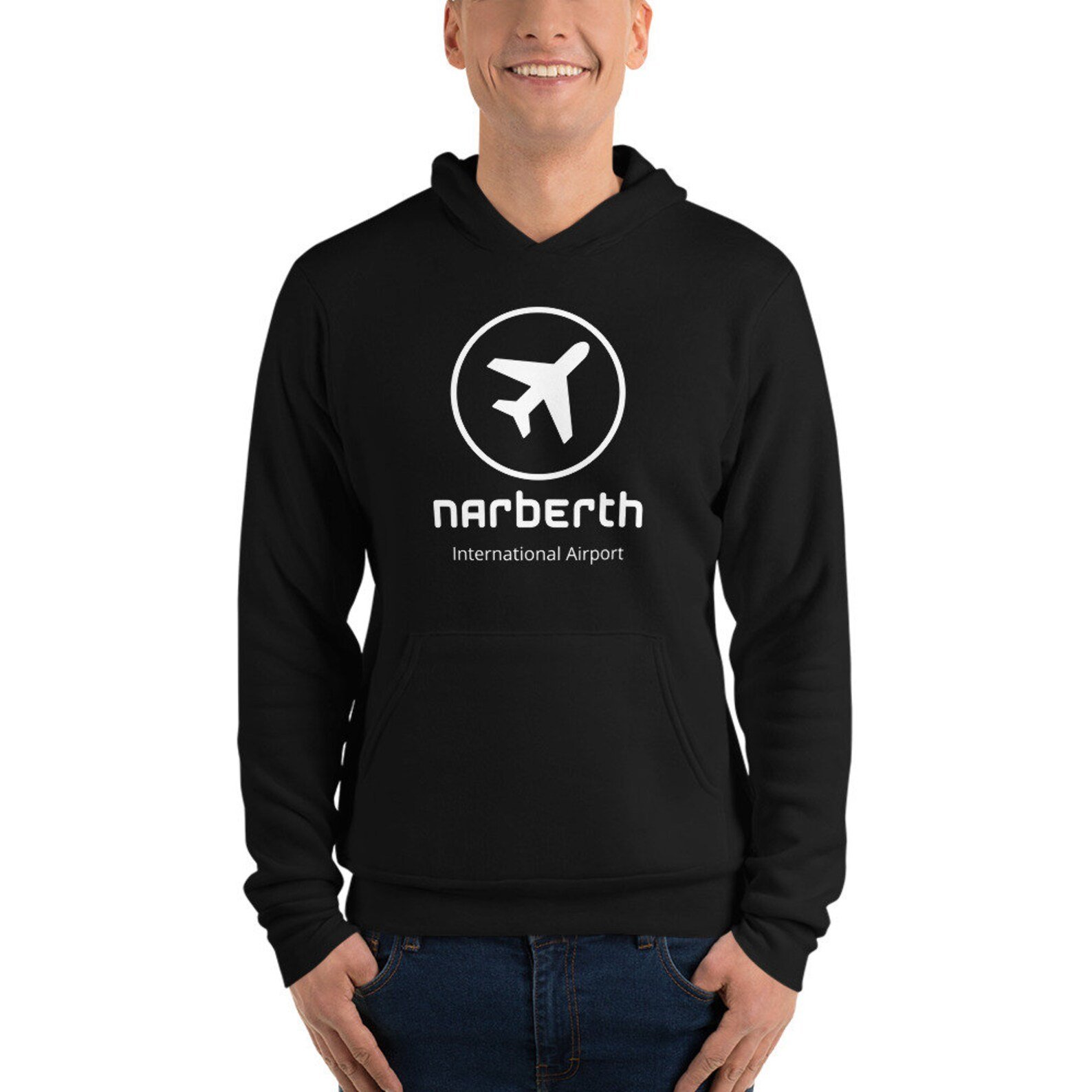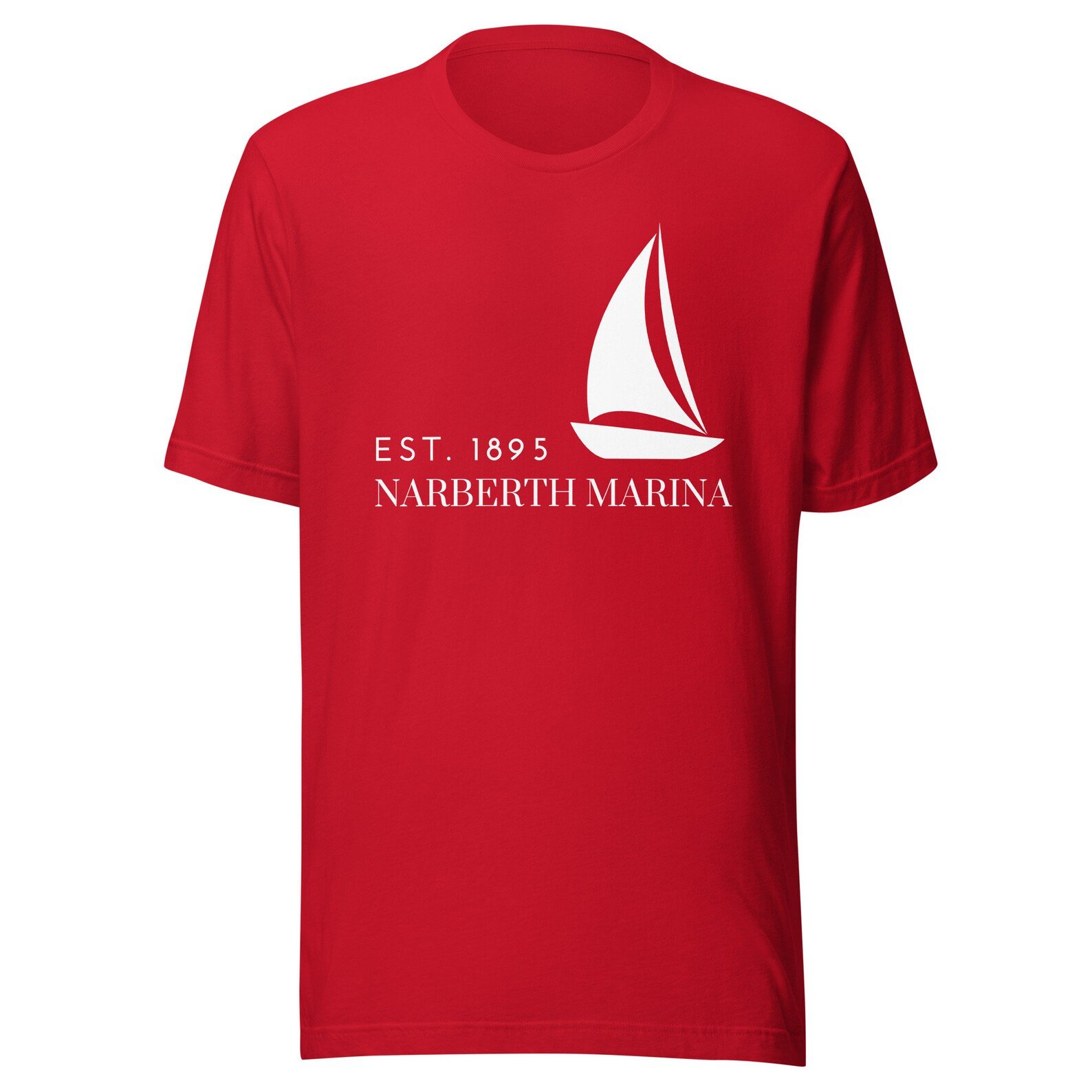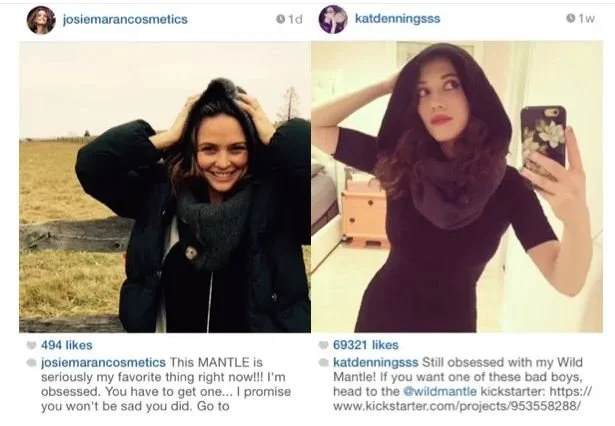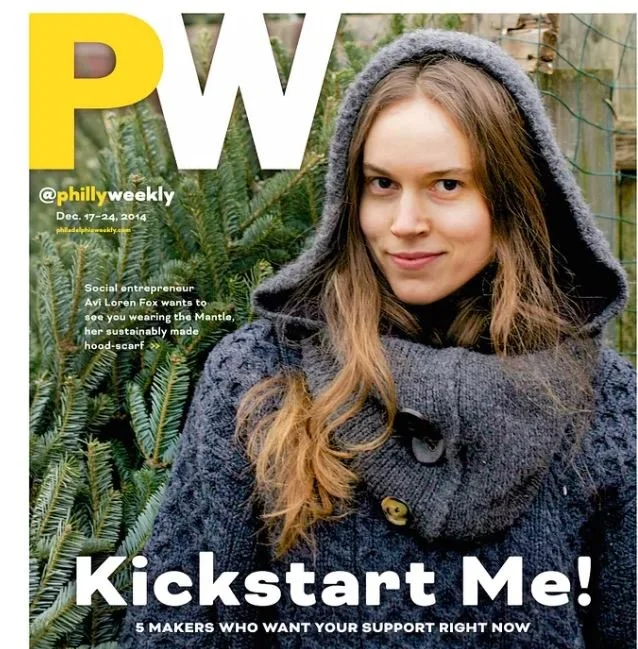Chat GPT
Using ChatGPT to generate a whimsical business lifestyle portrait.
AI is here, and if you’re like me, you’re experiencing a mix of emotions: from nostalgia for those good old days before technology took over to excitement for how much AI could help automate our interactions with technology to big questions about safety and privacy in the future. I recently got the paid version of Chat GPT ($20/month) and decided to start experimenting with image generating.
Backstory: I have 3 Rhode Island Red chickens. I got them as baby chickens during COVID, and they literally say next to be while I worked from home during the pandemic. Now they’re grown up, and I was reminiscing about this and wishing they still co-worked with me even though they’re fully grown. I decided to fantasize about this work lifestyle by asking Chat GPT to generate an image of what that would look like.
“Chat GPT: show me as a business consulting working on my laptop drinking a latte with my three Rhode Island Red chickens.”
I can’t say I don’t love it? It took a few tries to get this one, but the chicken expressions are surprisingly accurate. Curious, baffled, proud.
I’m looking forward to experimenting more with generators like Chat GPT as a tool to use within my business and to stay informed on how it can help my clients.
As much as the farmgirl in me wants to run to the past and stay there, I also feel strongly about embracing the future. Which, is perhaps perfectly represented in my new fantasy work lifestyle business portrait.
Happy generating everyone!
Outsite
Sharing my experience staying in Oaxaca, Mexico at an Outsite, a co-living community of remote workers and creatives living and working all over the world.
One of the things I love the most about being self-employed is the ability to shape my work lifestyle to allow room for other important values of mine like wellness, community, and travel. I recently discovered Outsite, a curated co-living / co-working spaces around the globe. It’s basically like Airbnb meets Soho House for those who can work remotely.
This past January, I stayed in the Oaxaca, Mexico Outsite location for a week with my partner. We planned to stay a week but ended up extending an extra day because we liked it so much. I would definitely go back, not just to this one but I’m also eager to explore other Outsite locations in the US and abroad.
We had a private room within a co-working house, which allowed me to experience co-living while still having comfort and privacy of one’s own space. The house provided high-speed internet, workstations, and a shared kitchen/living area for making new friends.
Each Outsite location is supported by a knowledgeable community guide offering local restaurant and activity recommendations (ours shared a google map of her favorite locations which was incredibly helpful!), fostering a sense of community among the temporary residents.
The experience was perfect for remote work and exploration of a new place. If you can work from anywhere, why not take some time to explore a new city in your evenings and on the weekends without having to take vacation time?
Membership to Outsite costs $150/year, and then you pay for whatever rooms you book. The week in Oaxaca was around $500, which was less than many of the other AirBnB and hotel options we found. Rates for rooms vary depending on location of course, spots like LA and NYC are more. If you’re interested in signing up, you can access my referral link and get $50 off your first trip.
If you're someone who values the fresh perspectives that travel provides and recognizes the creativity-boosting potential of breaking away from your daily routine, Outsite might be a fun discovery for you, as it was for me. If anyone has any questions about my experience with Outsite, feel free to drop me a line.
Home Exchange
Home Exchange is a digital platform through which you can simultaneously swap stays with other verified homeowners across the planet, or exchange for Guest Points to build up credit for another time.
When chatting with a colleague, I discovered a new website Home Exchange, which is basically a platform through which you can swap houses with other verified members across the planet. Ever seen the movie “The Holiday” in which Kate Winslet and Cameron Diaz swap houses across the globe? Well, Home Exchange is like that, minus Matthew McConaughey.
I started to google for other’s experiences and liked what I read. Home Exchange is a way to save money by leveraging your existing living space to stay elsewhere, giving you a chance to experience new environments and explore the world without missing your (remote) work days.
With this platform, you can swap homes worldwide in real-time or accumulate "guest points" for future use. For other entrepreneurs who can work remotely from other places - even if only for a week - this is a game changer. Imagine working remotely from a charming cottage in the French countryside or a modern downtown Manhattan apartment.
One of the best aspects of Home Exchange is the reviews members post about other members and houses - before you accept letting someone stay at your house (or put in a request to stay elsewhere) you can read reviews from past guests/hosts which helps you select the right experience and gain confidence in your selection.
Membership costs $220/year, but if you use my affiliate link you can earn 250 points just by signing up which is equivalent to 1-2 nights making it immediately worthwhile. And by the time I went through all of Home Exchange’s “welcome activities” like filling out your profile, uploading photos of your home etc. I had 1100 points without having anyone stay at my house.
If you are looking to leverage your existing resources to embark on unique travel experiences, I highly recommend trying Home Exchange. If anyone has any questions about my experience, feel free to drop me a line.
Calendly
Wanting to make the leep from a paper calendar to an online calendar? Curious about scheduling tools like Calendly but not sure how to make the leap? This short description of the three steps I took to transition from paper calendars to online tools may just be the kick in the butt you need.
After years of oscillating back and forth between a paper day planner and an online calendar, a few years ago I finally made the leap online and found a permanent home with Google Calendar. However, it wasn’t until I added an online scheduling tool on top of my digital calendar (I use Calendly) that I really started to reap the benefits of these digital tools.
Now, I have a central place where I always can look to see what I’m supposed to be doing next, and others can book time with me directly. Here are the three things I did, and what this gave me:
1. ACTIVATE GOOGLE CALENDAR: Within Google Calendar, I created separate calendars for different areas of life like “social” and “work” which allowed for streamlined or segmented visibility of my schedule. I got in the habit of always proactively sending invites to friends and colleagues, ensuring a well-organized schedule that matched my actual activities.
2. CREATE A CALENDLY: I established a Calendly account with your different meeting options, for me this included a “virtual tea” option for friends as well as different length client meetings. including 15-minute prospective client meetings and 30-minute virtual catch-ups. I imposed time restrictions to hours I knew I could be on a computer and synced with my Google Calendars so no one could book during times I was busy.
3. EMPOWER OTHERS TO BOOK TIME: By sharing my Calendly link with those who need to book time with me, I started to eliminate a lot of scheduling back and forth. This liberated time, allowing a shift from administrative tasks to focused work and time off.
Main takeaways: Transitioning to a digital calendar isn't an overnight process; it's fine to take months or even a year to adjust.
Start with Google Calendar, then consider tools like Calendly once you're comfortable.
My success came from learning these systems gradually and customizing them to fit my needs.
Good luck, you got this!
Avi
P.S. If you want to get your digital life in order and could use a little help, schedule a free 15-minute consult to learn more about how I can help.
Printful & Etsy
During the spring of 2020, amidst my quarantine with COVID, I found myself on the couch, channeling my creative energy into a long-dreamt-of t-shirt collection centered around my hometown of Narberth, Pennsylvania. The concept emerged from the ironic pride locals often express, claiming Narberth has everything when, in reality, its small geographic size makes it impossible.
With a playful twist, I designed a series of shirts featuring elements Narberth lacks due to its compact size, including a Marina, a Ski Lodge, and horseback riding stables. The idea was to humorously embrace my beloved town's limitations and perhaps, in a world filled with misinformation, extract something positive from fake news. If you’re a local and you see a shirt for the Narberth Marina, you’ll know it’s fantasy.
This was made possible because of a new resource I discovered: Printful. Printful is essentially an on-demand print platform that allows you to upload designs onto a variety of products and have people place orders for them on demand. This means no pre-paying for merchandise inventory ahead of time and just responding to what people actually order. My workflow was to create my designs on Canva, upload them to Printful, and then connect Printful to Etsy where I could share a public link to my shop and take orders. Etsy then sends the orders to Printful who fulfills them, without you lifting a finger.
I’m not ready to retire young on sales from my t-shirt shop as this has a very niche target audience and was created for a sense of community humor, but I did enjoy learning the workflow to create something like this and see how it could be a valuable marketing tool and/or collection of platforms for a business to launch from.
After creating this shop, I attended the Common Ground Country Fair in Unity, Maine. I proudly wore my Narberth Dairy Farm shirt amongst the farmers. Although I have not yet achieved my lifelong dream of having a farm, at least I have the t-shirt which is a good start! Here are a few favorites below, and a link to the ETSY shop for anyone who wants to check out what a Canva / Printful / Etsy mashup of a t-shirt shop looks like.
Grassroots Marketing
What word of mouth, social media, and press coverage can do for your product or service launch.
In my first article on Wild Mantle, I talked about how values guided the branding of my fashion business. Next, I had to get the business off the ground. I needed other people to know about it.
In launching Wild Mantle, I realized I had two challenges: raising awareness of the brand and explaining what the mantle actually was. It wasn’t a scarf, a concept people understand. It was a new shape, and once people tried it on they loved it. But I needed that to work on the internet where you can’t hold the physical product.
After seeing a friend run a successful Kickstarter campaign, I recognized that the crowdfunding platform would give me an opportunity to tell my story. It would also help me see if the product gained traction before taking the next step of business growth I envisioned at the time: committing to producing the mantle in larger quantities with a knitting mill. So, in November 2014, I launched Wild Mantle’s first Kickstarter Campaign with a crowdfunding goal of $30,000.
The Strategy
Without a big, fancy launch budget, I home-schooled my way through a quick education in grassroots marketing. While I tried many different things at the time, there were three that made the most impact on my campaign:
Word of mouth
Before the Kickstarter, I got into the habit of letting people try on my mantle as I wore it out in the world. I kept a list of those who really loved it — my mom’s friend who came over for tea, a photography client who saw me wearing one on a shoot, the stranger in the grocery store line who gave me her email. Over time, the list expanded, and I reached out to all of those people personally to let them know I was about to launch a Kickstarter campaign. I asked them to support it, share it on social media, and/or tell someone else they knew. Many of them did.
Social media
Through my eagerness to share this product with everyone I knew, I discovered that I had a number of friends in my network who had large numbers of friends in my network who had large numbers of followers. I was lucky that they believed in what I was doing and were so willing to help spread the word. My big-sister-business-mentor Josie Marin, and my childhood-friend-turned-actress Kat Dennings, both rose to the occasion in sharing photos of themselves wearing mantles (see below) and brought a significant number of backers to the campaign. Equally notable was the collective effort of friends and family who had fewer followers as individuals but together reached a larger audience.
Press
Just before and during the campaign’s launch, I started reaching out to reporters via email and social media. This included randomly tweeting at a Philly Weekly writer, and he ended up putting me on the cover of the newspaper with the caption “Kickstart Me.” By finding the right people and doing cold reach-outs, I ended up getting featured in about a dozen smaller blogs and other local news publications. And, the photo that Kat posted of her in the mantle was picked up on CNN.
The Results
The result of these efforts was a fully-funded Kickstarter campaign in which 300 backers funded the project and raised $39,827…nearly $10k more than our goal. I was able to prove the concept and cultivate a core customer base, some of whom would return as customers for years.
Launch Tips
Are you getting ready to launch a product or service? While the social media and Kickstarter landscapes are different than they were in 2014, here are some updated tips from my vantage point in late 2020:
Word of Mouth
Share your product or idea with as many people as possible and listen to their feedback.
Make a spreadsheet and keep track of your contacts and the potential value they could have to offer. Did they express interest in being a customer? Is their second cousin a celebrity on Instagram? Are they a member of a community listserv or group that would be a great place to get the word out?
Don’t be pushy. It works best if you inspire people with the product and keep track of what they’re offering to do based on their enthusiasm. The way you get word of mouth marketing to kick in is to be the thing that people want.
Social Media
Make sure you understand the current landscape. My Kickstarter campaign took place in 2014, which was before the social media algorithms and influencer culture really took off. Today the process of getting the word out on social media without paying for ads or influencers is much harder.
Take a look around your social media network and see if you know anyone who has a large following. There’s actually a free app that can help with this: socialrank.com. Keep in mind that it’s a big deal for someone with a large following to promote your business. If they’re a paid influencer, they may not be able to do it for free, but it can’t hurt to ask.
The way in which you ask is important. See “Don’t be pushy” above.
Press
Get a press kit together. It can be as simple as a google folder with images, a bio, and some copy about your product that writers can use to make their job easier.
Write your pitch. Create a few sentences that you can copy/paste and tailor for emails and other messages that say who you are, what you’re doing, and why their readers should care. Pitch a specific story and timing.
Don’t be discouraged if you don’t hear back from everyone. For those you do hear back from, be accountable. Get them whatever they need, quickly. When the story does publish, share it on your networks with backlinks and tags. And, don’t forget to thank the reporter! They might write about you again someday, so make it the start of a beautiful friendship.
Taking your first swing at marketing can feel like a mix of art and science. My experience taught me never to underestimate the alchemy of a good idea, the right timing, and a thoughtful but intuitive strategy. The way you tell your story and how you get the word out is often as important as your offering itself.
Enjoy the process and make it something you’re excited about and proud of! It will look different for each individual business. But once you find something that works, it may be something you can repeat for a long time.
Thanks for reading, and for those of you strategizing your launch or growth: good luck! You got this!
LINKS:
Wild Mantle’s website: www.wildmantle.com
Wild Mantle on Instagram: www.instagram.com/wildmantle




